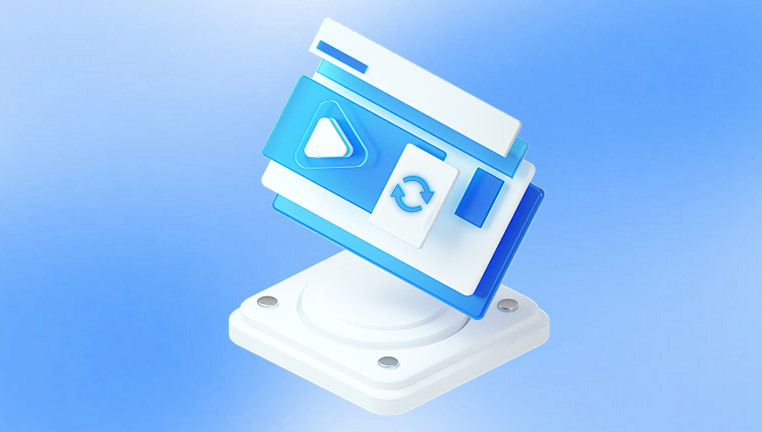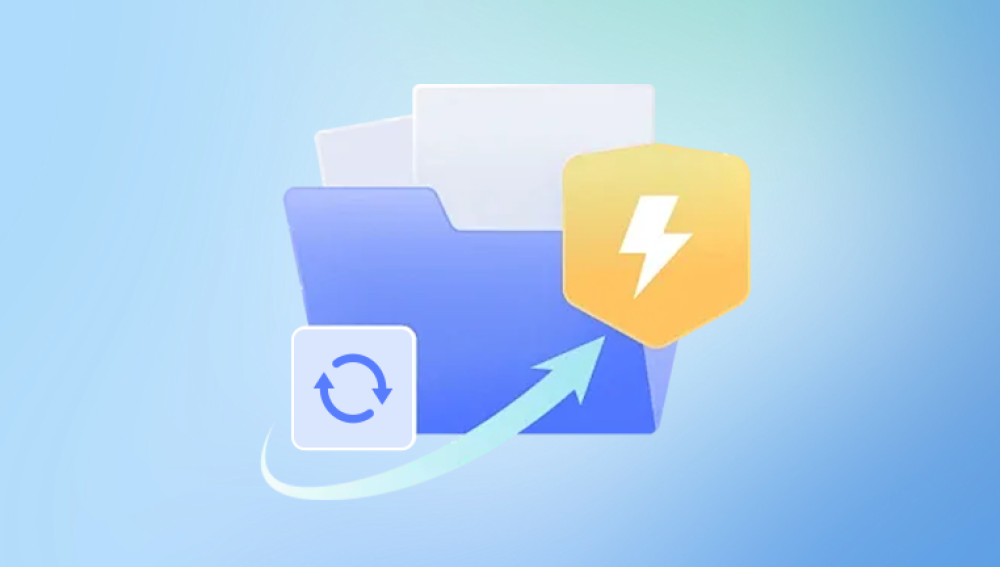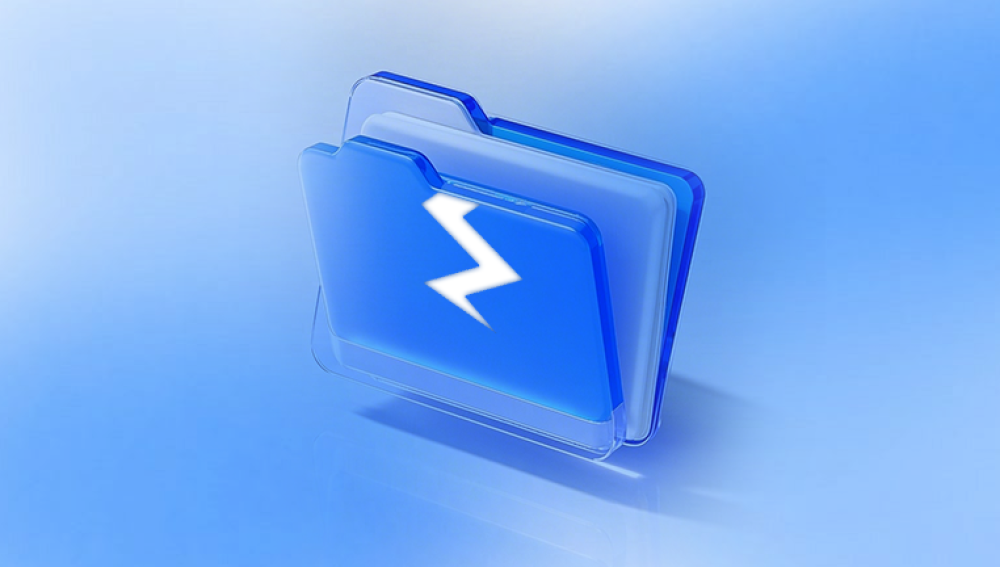Imagine working on an important Word document maybe it’s your thesis, a business report, or a novel and suddenly, you open the file only to find it won’t load properly. It might crash, show error messages, or display gibberish instead of your carefully crafted content. Such situations are frustrating but quite common. The good news is that there are many ways to try and recover or repair a corrupted Word document.
Sudden power failure or improper shutdown of the computer while the file is open
Virus or malware infection
Issues during file transfer (e.g., copying from a USB or over a network)
Software conflicts or crashes
Hardware failures, such as hard drive or storage device problems
Compatibility issues between different versions of Word
Knowing the cause can sometimes guide you in choosing the best recovery method. For instance, if the corruption happened after transferring via USB, the original file on the source device might be intact and recoverable.

Initial Troubleshooting: Basic Steps
Before trying more complex recovery options, start with these basic steps:
1. Try Opening the Document on Another Computer or Word Version
Sometimes, a specific installation of Word might have issues. Try opening the file on a different PC or use another Word version. Occasionally, newer versions of Word handle damaged files better.
2. Open Word in Safe Mode
Word’s Safe Mode disables add-ins and customizations, which might interfere with file opening.
Hold down Ctrl and double-click your Word icon to launch Word in Safe Mode.
Then try opening the damaged document.
If it opens, the issue might be with add-ins.
3. Check File Extension
Make sure the file extension is correct (.docx for modern Word documents, .doc for older ones). Changing the extension incorrectly can cause opening errors.
Method 1: Use Word’s Built-in “Open and Repair” Feature
Microsoft Word includes a built-in “Open and Repair” feature that attempts to repair corrupted files when opening them.
Steps:
Open Microsoft Word.
Click File > Open.
Navigate to the location of the corrupted document.
Click once on the document to select it.
Instead of double-clicking, click the small arrow next to the Open button.
Select Open and Repair from the dropdown menu.
Word will then try to repair the document as it opens. This method works for many minor corruption cases.
Method 2: Recover Text from Any File
If “Open and Repair” does not work, you can try extracting the raw text from the file:
In Word, go to File > Open.
In the Open dialog box, select the corrupted document.
Change the file type dropdown (next to the file name box) to Recover Text from Any File.
Click Open.
This method extracts whatever text is salvageable, but you might lose formatting, images, and tables.
Method 3: Open the Document in Draft Mode
Sometimes the document appears corrupted due to problematic elements like images or tables.
Try opening the file in Draft mode:
Open Word.
Go to View tab.
Select Draft view.
Then open the corrupted document.
If it opens in Draft mode, copy the content into a new document.
Method 4: Use Previous Versions or AutoRecover Files
Windows and Microsoft Word often save temporary backup or AutoRecover files which can be lifesavers.
A. Restore Previous Versions in Windows
Right-click on the corrupted Word file.
Select Properties.
Go to the Previous Versions tab.
If previous versions exist, select an earlier version and click Restore.
This works only if System Restore or File History is enabled on your PC.
B. Recover Using Word’s AutoRecover Feature
Word automatically saves AutoRecover versions every 10 minutes (by default).
Open Word.
Go to File > Info.
Look for Manage Document > Recover Unsaved Documents.
Browse through the list and open any recovered files.
Save the recovered document immediately.
Also, check the AutoRecover file location:
On Windows, it’s usually at:
C:\Users\[YourUserName]\AppData\Roaming\Microsoft\Word\
On Mac, it’s usually under:
/Users/[YourUserName]/Library/Application Support/Microsoft/Office/OfficeVersion/Office AutoRecovery
Look for files starting with ~ or with .asd extension.
Method 5: Insert the Corrupted Document into a New Blank Document
Sometimes the corruption is limited to document structure rather than content.
Try this:
Open a new blank Word document.
Go to Insert > Object > Text from File.
Browse and select your corrupted Word file.
Word will try to import the text and objects into the new file.
This method can salvage most of the content.
Method 6: Change the File Format
If you have a .docx file, try renaming it to .zip and open it as an archive.
Make a copy of the corrupted Word file.
Rename the extension from .docx to .zip.
Open the zip archive and browse to word\document.xml.
Extract the XML file and open it in a text editor.
You may find your text inside the XML, which you can then copy.
This is a bit technical but can recover text when all else fails.
Method 7: Use the Draft Recovery Trick with Notepad
You can try opening the corrupted Word file in a plain text editor like Notepad:
Right-click the file, choose Open With > Notepad.
Notepad will display raw text and code.
Scroll through to find your text, which you can copy and paste into a new Word document.
This method loses all formatting but recovers text.
Method 8: Use Third-Party Word Recovery Tools
Panda Repair
Panda Repair is a reliable software tool designed to fix corrupted or damaged Word documents quickly and efficiently. If your Word file won’t open, crashes, or shows errors, Panda Repair can help recover your valuable content without losing formatting or data.
Step 1: Download and Install Panda Repair
First, download Panda Repair from the official website and install it on your computer. Ensure you download it from a trusted source to avoid malware.
Step 2: Launch Panda Repair
Open the program. You’ll see a straightforward interface designed for easy use.
Step 3: Select the Corrupted Word Document
Click the “Browse” or “Select File” button to locate the damaged Word file on your computer. Panda Repair supports both .doc and .docx formats.
Step 4: Start the Repair Process
Once you’ve selected your file, click “Repair” or a similar action button. Panda Repair will analyze the document and begin fixing corruption issues, such as broken formatting, missing text, or inaccessible content.
Step 5: Preview and Save Repaired Document
After the process completes, you can preview the recovered content to check what’s been restored. If satisfied, save the repaired Word document to your preferred location.
Method 9: Check for Malware or Virus Infection
Sometimes the corruption is due to malware infection.
Run a full antivirus scan on your system.
Quarantine or remove detected threats.
After cleaning, try opening the document again or use recovery methods.
Method 10: Recover Data from Temporary Files
Word often creates temporary files when editing a document. These files can sometimes be used to recover content.
Look in the folder where your document is saved for files with a .tmp extension.
They may have names starting with ~ or $.
Try opening these temporary files in Word.
If successful, save the recovered content immediately.
Method 11: Use Command Prompt or PowerShell for Advanced Recovery
If you’re comfortable with command-line tools, you can attempt recovery via advanced scripting or utilities.
One method is to copy the corrupted file using the command prompt to fix minor file system issues:
bash
CopyEdit
copy /b corrupted.docx new.docx
The /b switch copies the file as binary, which sometimes removes minor corruption.
Method 12: Convert the Document to Another Format and Back
Sometimes converting the Word document into another format and then back into Word can repair it.
Try:
Uploading the document to Google Docs.
If Google Docs can open it, download it back as a Word .docx.
This often cleans up corrupt elements.
Alternatively, save the document as .rtf (Rich Text Format), then reopen and save back to .docx.
Method 13: Use Microsoft Word Online
Upload your corrupted document to OneDrive and open it with Word Online.
Word Online sometimes can open documents that desktop Word cannot. After opening, download the repaired copy.
Prevention Tips to Avoid Future Document Corruption
While recovering a corrupted Word document is possible, prevention is always better.
Save Regularly: Use keyboard shortcuts like Ctrl+S often.
Use AutoSave: If working on Office 365. enable AutoSave to cloud storage.
Backup Files: Keep backup copies on external drives or cloud.
Avoid Sudden Shutdowns: Shut down your computer properly.
Keep Software Updated: Install the latest Word updates.
Avoid Unsupported Characters: Sometimes strange characters or macros cause issues.
Scan for Viruses: Keep antivirus software updated.
Summary of Repair Approaches
When your Word document is corrupted, systematically try these approaches:
Basic troubleshooting: Different computer, safe mode, check extension.
Use Word’s built-in “Open and Repair.”
Recover text from any file.
Open in Draft view.
Restore previous versions or AutoRecover files.
Insert document into new file.
Change file format and extract XML.
Open in Notepad for text.
Use reputable third-party recovery tools.
Scan for malware.
Use temporary files.
Use command line tools.
Convert document formats.
Use Word Online.
When All Else Fails: Professional Data Recovery
If the document contains irreplaceable data and none of the above methods work, consider professional data recovery services.
These services use specialized tools to recover data from severely damaged files or drives. It is usually expensive but may be worth it for critical documents.
Losing access to an important Word document can be stressful, but by following the outlined methods, you stand a good chance of recovering or repairing it. Start with the simplest solutions, such as Word’s built-in repair, then move on to more advanced techniques if needed. Remember to always back up your files regularly and keep your system secure to minimize the risk of corruption in the future.




